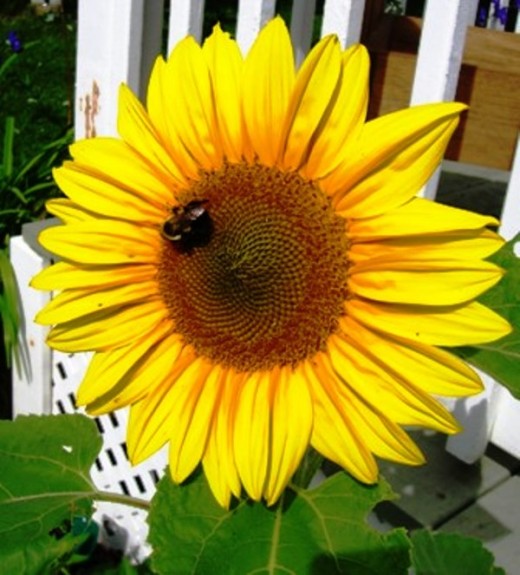All I need to know I found out while I was gardening, well nearly, I first had to learn to read and write first, thankfully gardens can help people develop reading and writing skills.
If you are going to plant seeds or plants, for example, you need to know what their requirements are. This information is either written on a seed pack or other printed source.
If you really want the plants to do well, you need to know how far apart the seeds or plants must be spaced when being put into the garden. You also need to know the size of the garden and how much space each plant requires so you can calculate the number of plants you can place in each plot.
There is more than math and language literacy skills one can develop by gardening, there are the personal or lifestyle skills that will help you make your way through the world.
The first garden/life lesson I had was patience. I used to find it very difficult to wait for anything; this may be partial because I was spoiled as an only child and while there may be other reasons I did my develop patience when I began gardening.
This took a while but the lessons were remembered as I planted seeds and had to wait for them to emerge; I also had to wait until the weather conditions were just right so I could plant.
During this process, I discovered what the basic needs of plants were and enhanced my botany and biology knowledge. As my knowledge of pollination grew and I studied the role of the earthworm and spider in a garden, my understanding of the role that cooperation plays in nature and how important cooperation with others was to the success of my garden, in fact, I even began to think of the garden as ours as I was not the only being responsible for its growth.
This leads me to an appreciation that life is much greater than just my immediate universe, the few blocks that I inhabit were only a part of something that was much, much greater; the whole was indeed more than the sum of its parts.
The act of gardening and the quest for related knowledge fanned my curiosity; I was already an eager learner but growing things gave validity to that eagerness and a sense of purpose.
What I was learning had a practical application in my immediate world. My years of schooling, especially the years before University would have been much, more rewarding if more of my classes gave me a sense that there was a real-life use for the lessons I endured.
The garden brings learning to life and if we want the children to become lifelong learners and truly reap the most from those formative years then we must get them back to the garden.
The garden can help us all find out what we must discover in order to live in harmony on our home, the Earth.



















